
 i_need_contribute
i_need_contribute
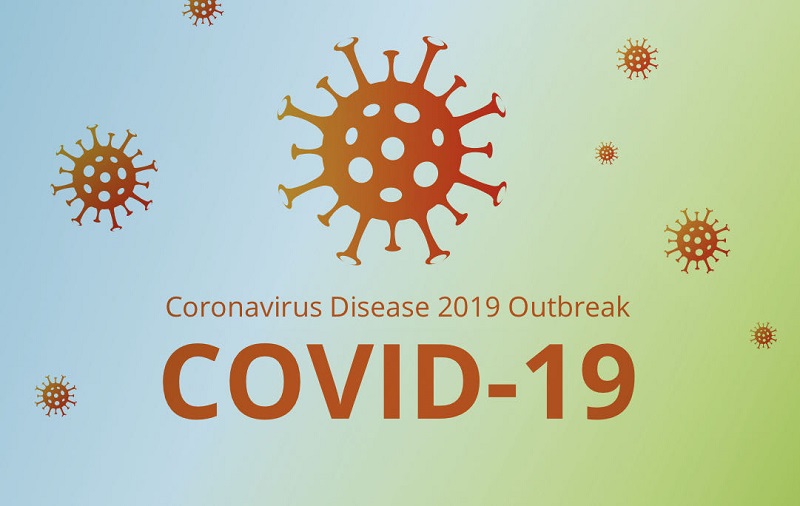
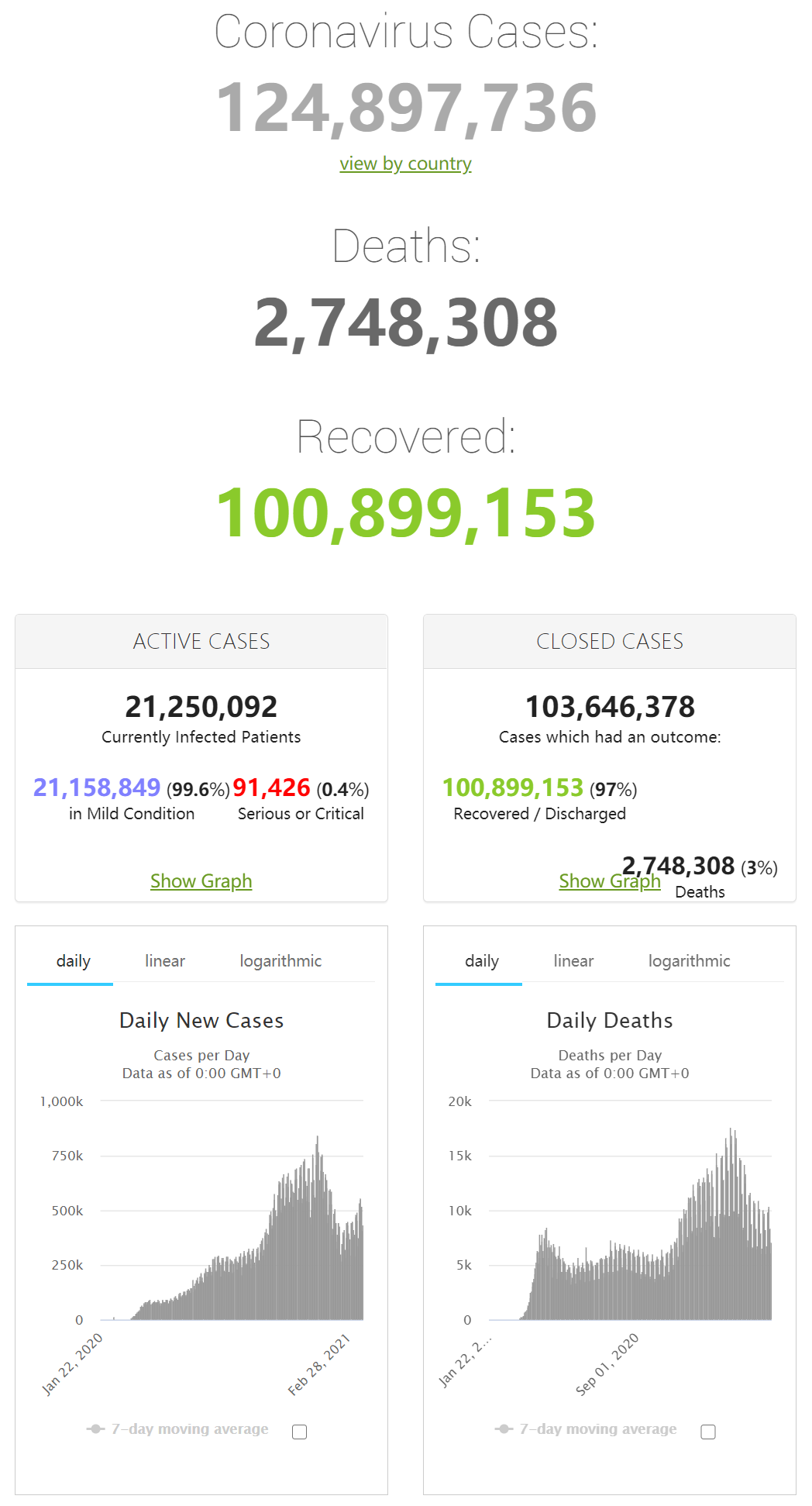
|
Country, |
Total |
New |
Total |
|
World |
124,790,177 |
+486,349 |
2,745,506 |
|
30,636,534 |
+58,705 |
556,883 |
|
|
12,136,615 |
+84,996 |
298,843 |
|
|
11,733,594 |
+47,264 |
160,477 |
|
|
4,474,610 |
+8,457 |
95,818 |
|
|
4,313,073 |
+14,678 |
92,908 |
|
|
4,307,304 |
+5,379 |
126,284 |
|
|
3,419,616 |
+18,765 |
105,879 |
|
|
3,234,319 |
+5,516 |
73,744 |
|
|
3,061,520 |
+26,182 |
30,316 |
|
|
2,689,205 |
+10,943 |
75,708 |
|
|
2,347,224 |
+4,946 |
62,274 |
|
|
2,261,577 |
+9,405 |
54,823 |
|
|
2,197,160 |
+1,388 |
198,239 |
|
|
2,089,869 |
+16,741 |
49,761 |
|
|
1,815,712 |
+7,290 |
61,951 |
|
|
1,565,732 |
+11,476 |
30,431 |
|
|
1,538,961 |
+510 |
52,251 |
|
|
1,481,259 |
+8,469 |
50,474 |
|
|
1,475,627 |
+8,243 |
25,170 |
|
|
1,471,225 |
+5,297 |
39,865 |
|
|
1,213,366 |
+5,560 |
16,339 |
|
|
942,958 |
+4,864 |
22,384 |
|
|
942,320 |
+3,601 |
22,735 |
|
|
907,007 |
+6,149 |
22,442 |
|
|
839,238 |
+2,232 |
22,728 |
|
|
829,689 |
+925 |
6,122 |
|
|
818,212 |
+434 |
16,794 |
|
|
803,041 |
+4,494 |
14,066 |
|
|
677,645 |
+5,859 |
12,992 |
|
|
633,741 |
+3,270 |
13,935 |
|
|
586,123 |
+5,481 |
18,703 |
|
|
577,241 |
+3,554 |
8,738 |
|
|
561,372 |
+5,475 |
5,002 |
|
|
553,727 |
+9,003 |
6,077 |
|
|
519,980 |
+3,415 |
9,121 |
|
|
492,403 |
+569 |
8,775 |
|
|
457,754 |
+973 |
8,861 |
|
|
444,865 |
+3,851 |
5,850 |
|
|
444,398 |
+2,172 |
1,451 |
|
|
385,834 |
+410 |
6,618 |
|
|
351,667 |
+454 |
6,060 |
|
|
350,551 |
+1,281 |
9,190 |
|
|
335,540 |
+1,384 |
1,244 |
|
|
313,570 |
+719 |
16,504 |
|
|
312,741 |
+4,851 |
12,307 |
|
|
312,474 |
+1,046 |
2,175 |
|
|
278,178 |
+528 |
3,714 |
|
|
276,244 |
+188 |
3,019 |
|
|
265,207 |
+573 |
12,074 |
|
|
258,745 |
+956 |
5,808 |
|
|
250,177 |
+401 |
3,283 |
|
|
248,307 |
+1,333 |
3,384 |
|
|
246,507 |
+584 |
8,610 |
|
|
242,347 |
+3,517 |
7,582 |
|
|
234,007 |
+1,101 |
2,934 |
|
|
231,484 |
+365 |
4,610 |
|
|
228,044 |
+2,068 |
2,478 |
|
|
227,031 |
+754 |
2,403 |
|
|
221,743 |
+1,288 |
1,246 |
|
|
217,715 |
+1,621 |
4,623 |
|
|
213,438 |
+1,535 |
2,908 |
|
|
210,243 |
+896 |
3,501 |
|
|
207,298 |
+981 |
3,985 |
|
|
198,135 |
+2,023 |
3,818 |
|
|
196,709 |
+648 |
11,680 |
|
|
190,594 |
+1,692 |
2,693 |
|
|
189,067 |
+948 |
6,730 |
|
|
185,020 |
+801 |
3,384 |
|
|
183,280 |
+871 |
4,469 |
|
|
174,762 |
+534 |
275 |
|
|
162,076 |
+208 |
2,031 |
|
|
153,411 |
+901 |
2,564 |
|
|
152,508 |
+614 |
1,511 |
|
|
152,364 |
+836 |
1,633 |
|
|
142,264 |
+18 |
3,204 |
|
|
137,550 |
+809 |
503 |
|
|
123,167 |
+1,127 |
2,048 |
|
|
121,847 |
+303 |
2,156 |
|
|
120,882 |
+1,054 |
3,528 |
|
|
116,349 |
+94 |
3,066 |
|
|
99,421 |
+346 |
1,704 |
|
|
98,094 |
+508 |
1,840 |
|
|
97,456 |
+1,064 |
809 |
|
|
90,115 |
+9 |
4,636 |
|
|
89,893 |
+211 |
734 |
|
|
89,120 |
+1,085 |
649 |
|
|
88,116 |
+478 |
1,220 |
|
|
87,537 |
+75 |
1,490 |
|
|
86,779 |
+244 |
1,185 |
|
|
86,007 |
+1,777 |
827 |
|
|
81,559 |
+113 |
622 |
|
|
72,713 |
+640 |
808 |
|
|
68,250 |
+774 |
401 |
|
|
66,496 |
+190 |
750 |
|
|
42,993 |
+365 |
246 |
|
|
28,277 |
+401 |
92 |
|
|
9,074 |
+7 |
177 |
|
|
8,902 |
+102 |
82 |
Retrieved from: https://www.worldometers.info/coronavirus/
From CNN’s Naomi Thomas
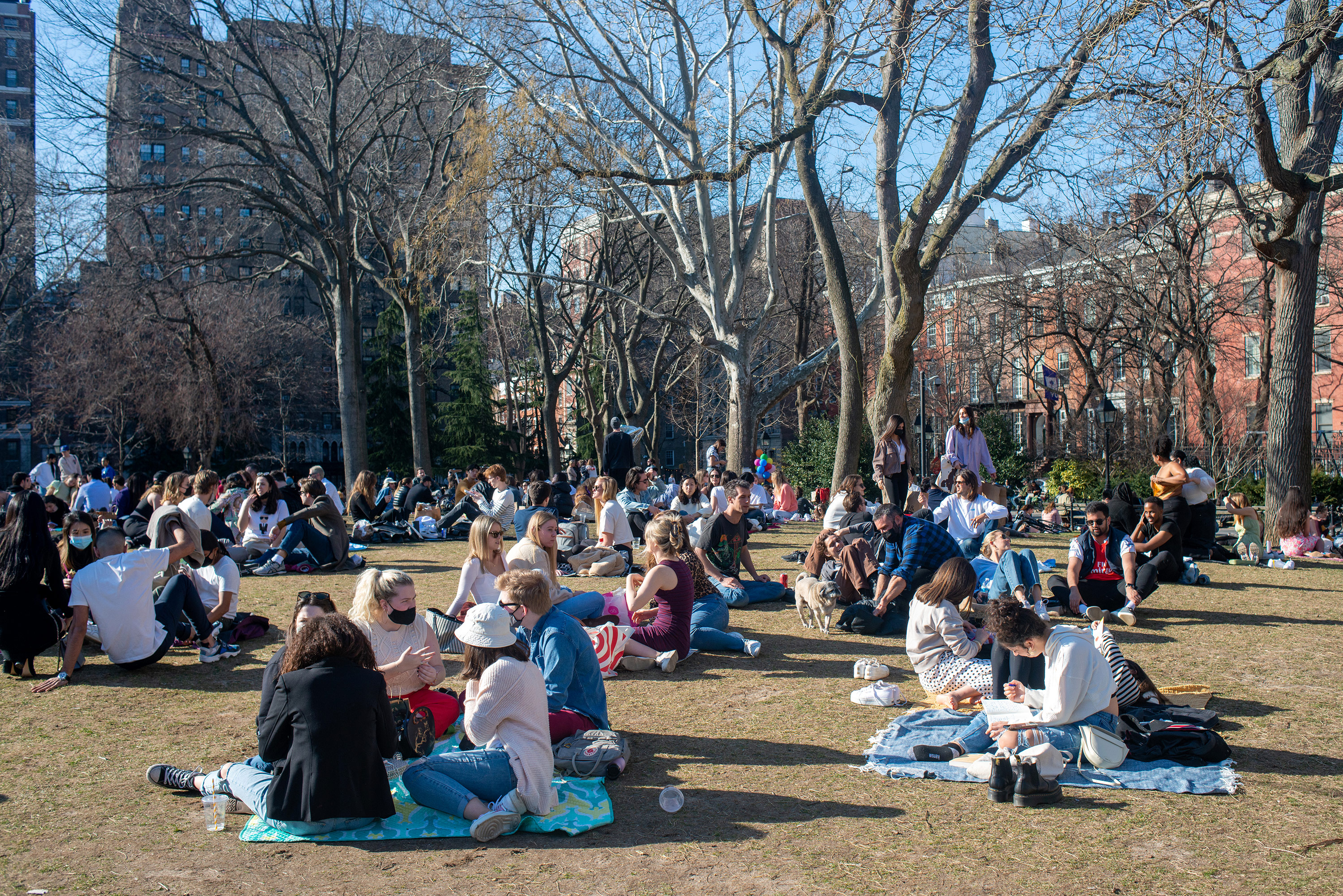
People gather in Washington Square Park on Sunday, March 21, in New York City. Alexi Rosenfeld/Getty Images
As more Americans get vaccinated against Covid-19, the number of people who are going out is increasing, according to new poll results from Axios-Ipsos published Tuesday.
Compared to a month ago, the number of people who have gone out to eat or visit friends and family are up 12 and 9 percentage points respectively, according to the poll which was conducted March 19 to 22 and made up of 995 American adults age 18 and over.
The number of Americans who have dined out at a restaurant — 45% — is the highest since the first wave of the Axios-Ipsos poll. At the same time, the number of people who believe that dining out poses a large risk to health and well-being has gone down to 23% compared to 33% a month ago.
Those who have visited friends or relatives — 48% — is the highest since October.
The highest number of Americans since last May have visited a non-grocery retail store —54%.
The number of Americans who said they were staying home and avoiding others as much as possible is at 67% — down 7 points from one month ago and at the lowest point in 11 months. Forty-four percent are saying they’re maintaining 6 feet of distance whenever they do leave the house, down from 54% a month ago.
Also going down is the number of Americans who believe that returning to their normal pre-coronavirus life poses a large or moderate risk — 59%. This is down seven points from a month ago and 11 points from the end of 2020.
In some cases, the unvaccinated are driving the shift in behavior. For example, 52% of unvaccinated respondents say they’ve visited with friends or relatives in the last week, compared with 41% of people who have gotten the vaccine.
Safety measures aren’t being completely abandoned, more than 7 in 10 still wear a mask whenever they leave the house and 80% said that they will continue to do so even after being vaccinated. Sixty-three percent will also continue to social distance after vaccination.
This is happening as more Americans are being vaccinated. Thirty-six percent of respondents now say they’ve had the vaccine, up 11 percentage points from two weeks ago. Nine out of 10 respondents said that they knew someone who had been vaccinated.
The number of Americans saying that they are “not at all likely” to get a first generation Covid-19 vaccine — around 1 in 5 — remains steady. When asked why, most of the responses were centered around wanting more research or information, a lack of trust in the vaccine and the government and/or feeling that they were healthy, and it isn’t needed.
From CNN’s Swati Gupta
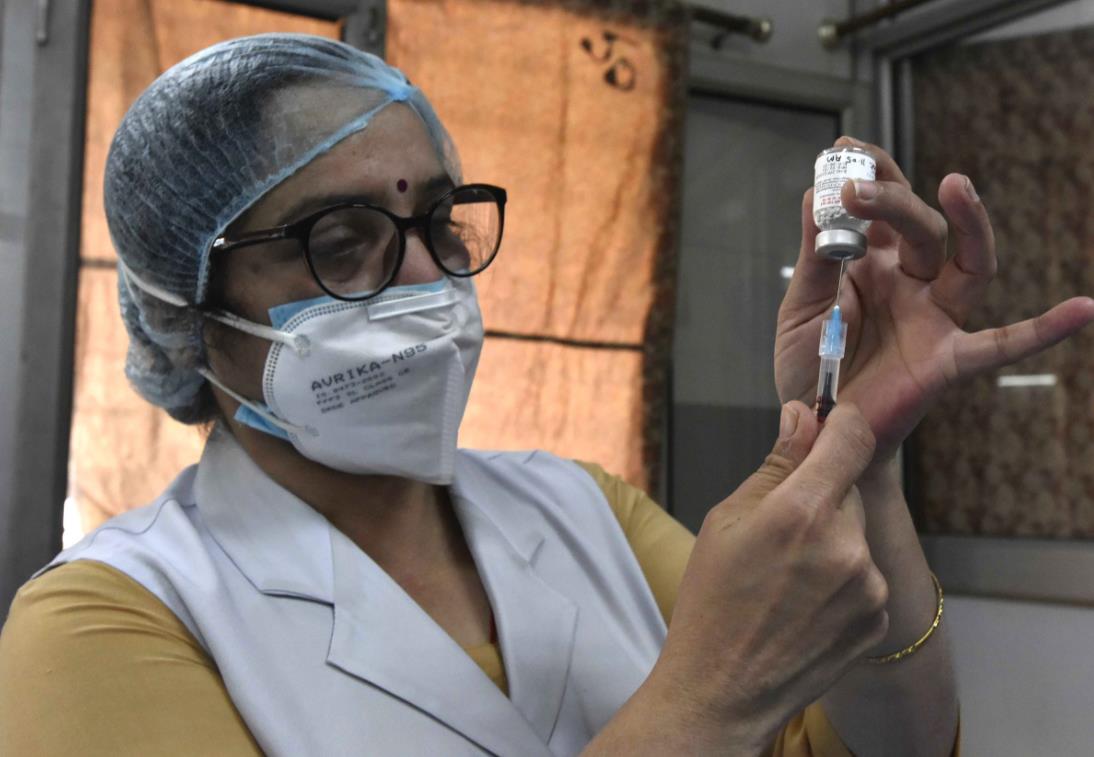
A medic prepares a dose of the Covishield vaccine at Hindu Rao Hospital, on March 22, in New Delhi, India. Sonu Mehta/Hindustan Times/Getty Images
India announced it would once again widen the eligibility for Covid-19 vaccine recipients.
People above the age of 45 will be allowed to register and receive the vaccination from April 1, according to senior cabinet minister Prakash Javadekar.
“As we have already achieved speedy and good vaccination campaign. Till today, we have provided vaccination to the tune of 48.5 million…Today after discussion and advice from the task force and scientists, it is decided that from April 1, the vaccine will open for everybody above 45 years of age,” Javadekar said during a news conference Tuesday.
Since January, the Indian government has provided Covid-19 vaccinations in phases to healthcare workers, frontline workers and individuals above 60 years of age.
India has recorded a surge in Covid-19 cases in the past few weeks, forcing Prime Minister Narendra Modi to warn the public of an “emerging second wave” last week.
The health ministry on Tuesday recorded 40,715 new cases in the past 24-hours, bringing the country’s total caseload to 11.6 million cases since the start of the pandemic.
From Antonella Francini in Paris
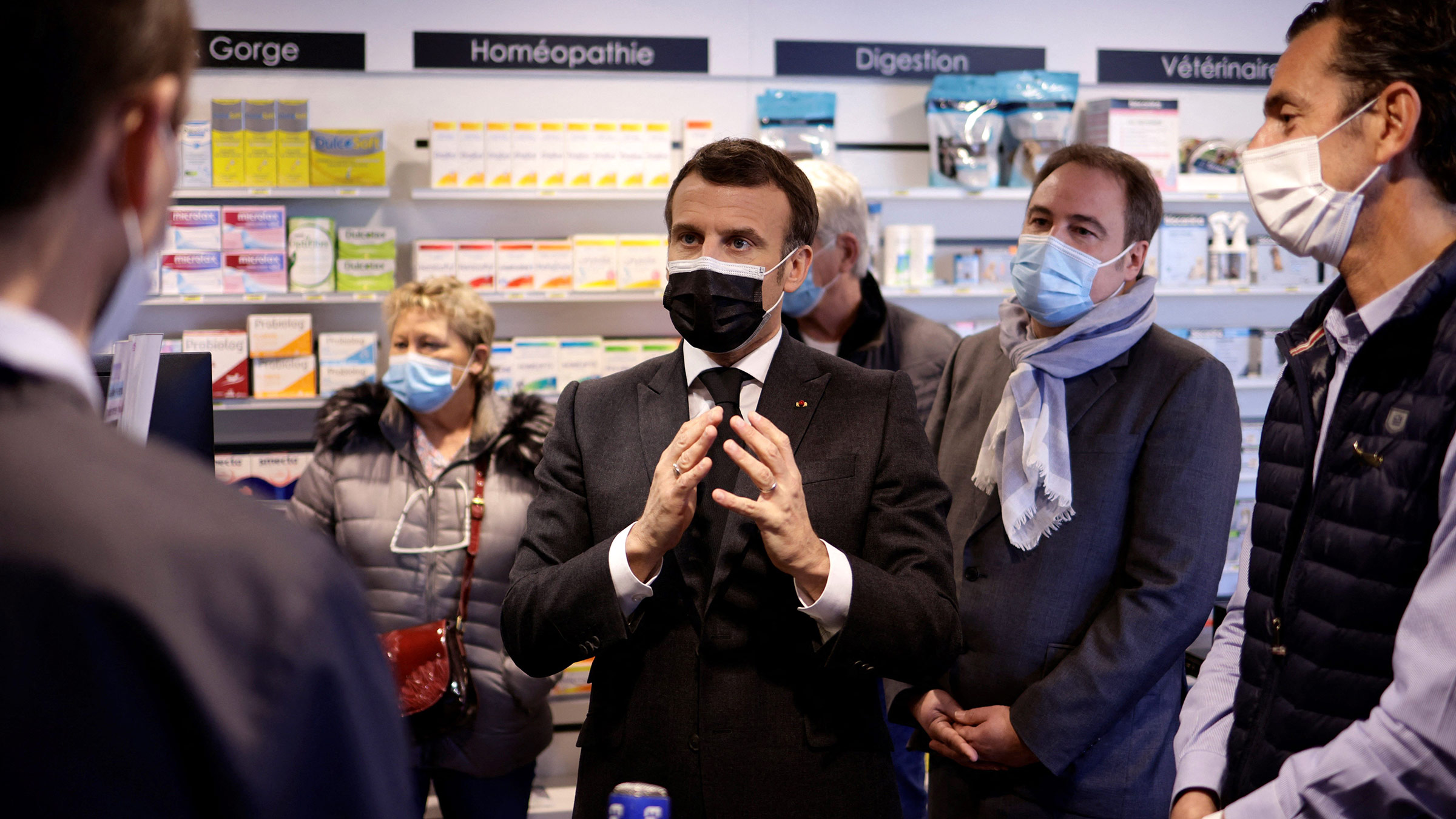
French President Emmanuel Macron visits a pharmacy in Valenciennes, France, on March 23. Yoan Valat/Pool/AFP/Getty Images
Speeding up France's vaccination campaign is the “national priority” in the fight against Covid-19, the country's president said Tuesday.
“There are no weekends, there are no holidays in the vaccination campaign,” Emmanuel Macron told journalists while visiting a pharmacy in Valenciennes in Northern France. Many vaccination centers have been closed on Sundays.
“Starting this Saturday, we will open appointments for people over 70,” Macron said, explaining that “we’ve seen that many centers had difficulties finding people over 75” for vaccinations.
Until now, only people over 75 years of age without underlying health conditions were allowed to receive the vaccine, along with younger patients with underlying conditions.
Some background: More than 8,836,000 people have so far received at least one dose of the vaccine in France. About 2,400,000 people have been fully vaccinated — which is 3.7% of the total population, according to the national health agency.
France reintroduced partial lockdowns over the weekend in 16 regions, including the greater Paris and Nice areas amid a spike in Covid-19 across the country.
The new measures went into effect Friday at midnight and will last at least four weeks but are less restrictive than measures imposed in March and November of last year.
From CNN's Joshua Berlinger in Hong Kong
Authorities in Hong Kong and Macao have suspended the rollout of BioNTech's Covid-19 vaccine citing a packaging defect found in their first batch of doses.
Both governments said in statements Wednesday they had received a letter from BioNTech and its Chinese partner, Fosun Pharma, indicating an issue with the seal on individual vials in batch number 21012.
According to government figures, as of Tuesday, 150,200 people in Hong Kong had received their first dose of the BioNTech vaccine, which outside of China is partnered with US pharmaceutical giant Pfizer.
Although both Fosun and BioNTech "have not found any reason to believe that product safety is at risk," the Hong Kong government said it was suspending vaccinations involving batch 21012, and halting plans to administer a second batch pending an investigation.
"These are preventive measures to continuously ensure the safety of the vaccination program," the statement read.
Prior to halting the BioNTech rollout, Hong Kong offered residents a choice of two vaccines, BioNTech, and Chinese-produced Sinovac. Now those who wish to get vaccinated must either wait until the issue with the BioNTech doses is resolved or go with Sinovac.
Hong Kong is expected to receive doses of the AstraZeneca vaccine at a later date.
Vaccine hesitancy: The BioNTech suspension will likely blunt Hong Kong's mass vaccination drive, which is already moving at a slower-than-expected pace.
Hong Kong Chief Executive Carrie Lam said Tuesday that 6% of the population had taken their first shot, which she sad described as "not bad," though admitted the city could "do better."
Though an estimated 252,800 people have so far received their first dose of Sinovac, hesitancy has been an issue, with many citing a lack of public data regarding clinical trials.
Retrieved from: https://edition.cnn.com/world/live-news/coronavirus-pandemic-vaccine-updates-03-24-21/index.html

A patient receiving the AstraZeneca vaccine in Budapest on Friday.Credit...Akos Stiller for The New York Times
The announcement this week that the AstraZeneca shot, the workhorse of global vaccine rollouts, had achieved nearly 80 percent efficacy in a gold-standard American trial was met with relief by the many countries relying on it.
But by Tuesday, that campaign had, once again, been thrown off course, at least for the moment. For AstraZeneca, it was seemingly another episode of public relations whiplash, part of a series of recent miscues and communication blunders by the company that scientists said had undercut the effort to sell one of the most potent and indispensable vaccines against the coronavirus.
In a highly unusual move, American health officials said on Tuesday that the company’s account of its U.S. trial findings had not been entirely accurate, suggesting that AstraZeneca had used only the most favorable data to generate apparently spectacular efficacy results.
Those comments created new friction between AstraZeneca and American officials even as the company vies for a coveted authorization from the Food and Drug Administration. But more urgently, they threw a wrench into the efforts of elected leaders around the world to rebuild trust in a shot whose low price and easy storage requirements have made it the backbone of many countries’ campaigns to end the pandemic.
“It’s eroding confidence,” said Simon Clarke, an associate professor in cellular microbiology at the University of Reading. “When you pump things up, and then people not unreasonably question it, then that erodes confidence.”
Faith in the vaccine had already plunged across Europe after recent reports that a very small number of recipients had developed unusual blood clots. In France, Germany, Italy and Spain, more people now believe that the vaccine is unsafe than that it is safe, polling has shown, a blow to a shot that remains the continent’s best hope for saving people’s lives during a mounting surge of new infections.
Despite the drumbeat of troubling news reports about the vaccine, European and global regulators have deemed it safe and effective. More than 11 million doses have been administered in Britain alone, almost all of them without serious side effects, driving down hospitalizations and helping the country to emerge from a dreadful wintertime wave of infections.
Nevertheless, results from AstraZeneca’s U.S. trial was hotly anticipated. Health officials around the world were looking to it as a crucial guide to their own rollouts: It would supply crucial data on older people, who had not been as well represented in earlier trials, and a more precise read on the vaccine’s overall efficacy, which had appeared from earlier trials to be lower than that of other leading shots.
By Tuesday, scientists said, it seemed as though AstraZeneca had punched a hole in fledgling efforts by lawmakers to shore up public confidence in the vaccine. Rather than sewing up questions about the shot, it had called to mind communications problems that have dogged the company since last year, delaying the regulatory process in some regions and creating hesitation among some recipients.
In its first public comments, AstraZeneca said that the results published on Monday reflected its U.S. trial data up to Feb. 17. It said that its preliminary assessment of more complete trial data showed that “the results were consistent with the interim analysis,” but said that it would share more up-to-date efficacy results within 48 hours.
Scientists said that the problem could yet turn out to be a technical matter that did not change their assessment of the vaccine. American officials did not suggest that any safety issues had been withheld, a subject of intense interest in the wake of the concerns in Europe.

People enjoying a Friday evening as businesses and restaurants begin to reopen at Fisherman’s Wharf in San Francisco this month.Credit...Jim Wilson/The New York Times
Positive trends in pandemic statistics in the United States are easy to distrust. After all, the country went through two false dawns last year, in the late spring and then again in the late summer, when declines in case reports prefaced even darker days. Each time, the apparent good news prompted relaxations and reopenings that helped bring on the next wave.
So it is no surprise that public health experts are wary about the latest flattening in the curve of the pandemic, from the steep decline in cases seen in late January and February to something like a plateau or slight decline more recently. With more contagious virus variants becoming prevalent, they fear the good news could be ending and a fourth wave might be building.
On Monday, Dr. Rochelle Walensky, the director of the Centers for Disease Control and Prevention, again warned Americans about the spread of the coronavirus, saying that with increased travel, looser pandemic restrictions and worrisome variants bearing down on the United States, another surge could erupt if Americans did not take protection efforts seriously “for just a little bit longer.”
“We are at a critical point in this pandemic, a fork in the road, where we as a country must decide which path we are going to take. We must act now,” said Dr. Walensky, who has been one of many federal officials in recent weeks to warn governors against lifting mask mandates too soon. “And I am worried that if we don’t take the right actions now, we will have another avoidable surge, just as we are seeing in Europe right now and just as we are so aggressively scaling up vaccination.”
That said, there are positive signs:
· Daily death reports, which stayed stubbornly high long after the post-holidays surge, have finally come down sharply, to levels not seen since mid-November. As of Monday, the nation had averaged 1,051 newly reported virus deaths a day over the past week; the average had hovered around 3,000 for weeks over the winter.
· Some recent hot spots have made major progress — notably Los Angeles, whose mayor, Eric Garcetti, said on CBS on Sunday that he had “not felt this optimism in 12 months.” The city and surrounding county, where cases in some areas leapt 450 percent over the holidays and hospitals became so swamped that some turned away ambulances, now has a test positivity rate of about 1.9 percent, and in an important shift, new case reports have fallen among people experiencing homelessness.
· Vaccinations are becoming more accessible by the week, as states receive more doses and open up eligibility, in some cases to include all adult residents. The number of doses administered nationwide each day is rising, and the country surpassed President Biden’s initial goal to have administered 100 million shots on March 19, almost six weeks ahead of schedule.
The question now is which will prevail: the positive effects of trends like these or the negative effects of looser behavior and the evolution of the virus into more dangerous forms?
It’s still “a race between vaccinations and variants,” Dr. Ashish Jha, dean of the Brown University School of Public Health, said on Twitter. Like other experts, he cautioned: “Opening up too fast helps the variants.”
Retrieved from: https://www.nytimes.com/live/2021/03/23/world/covid-vaccine-coronavirus-cases/us-covid-fourth-wave